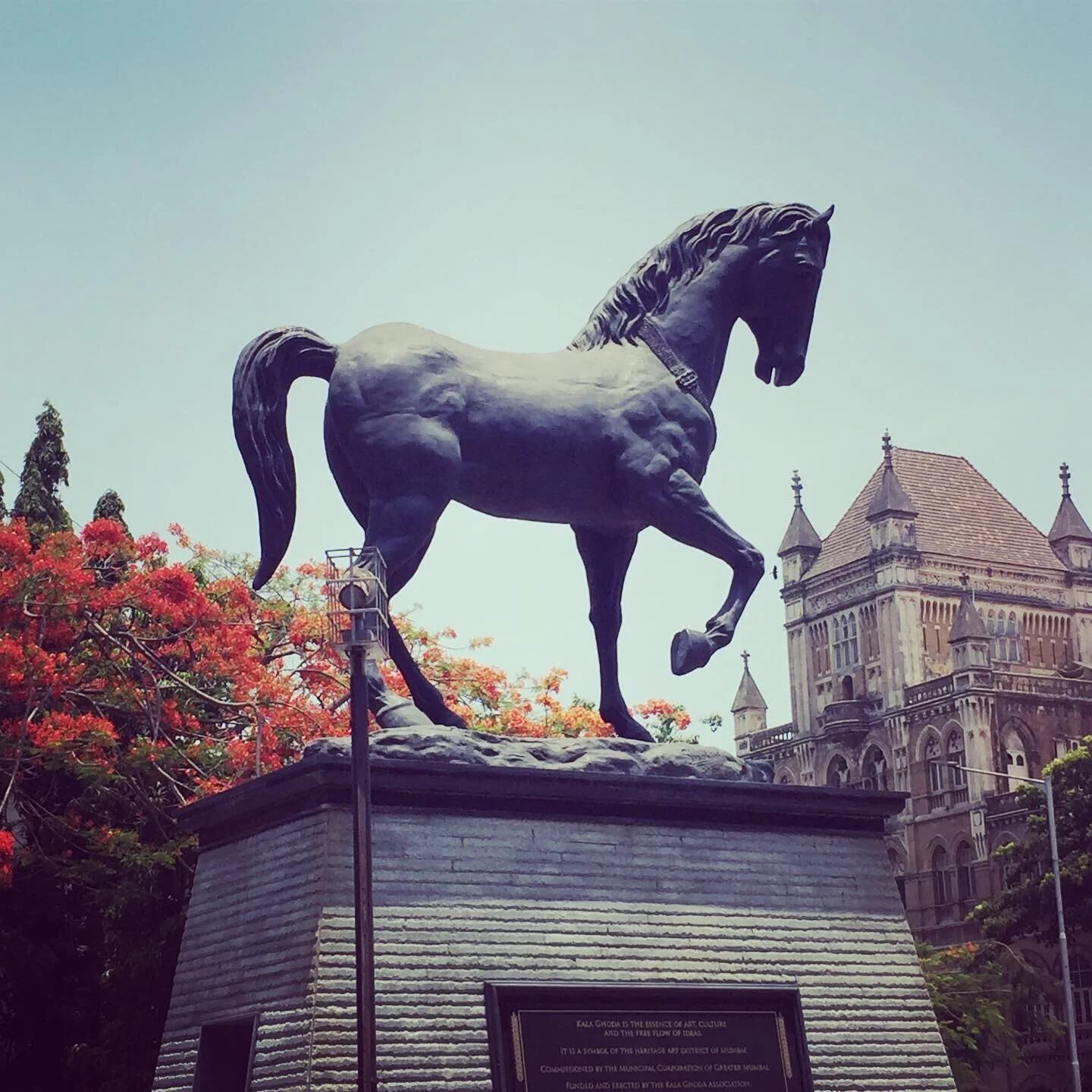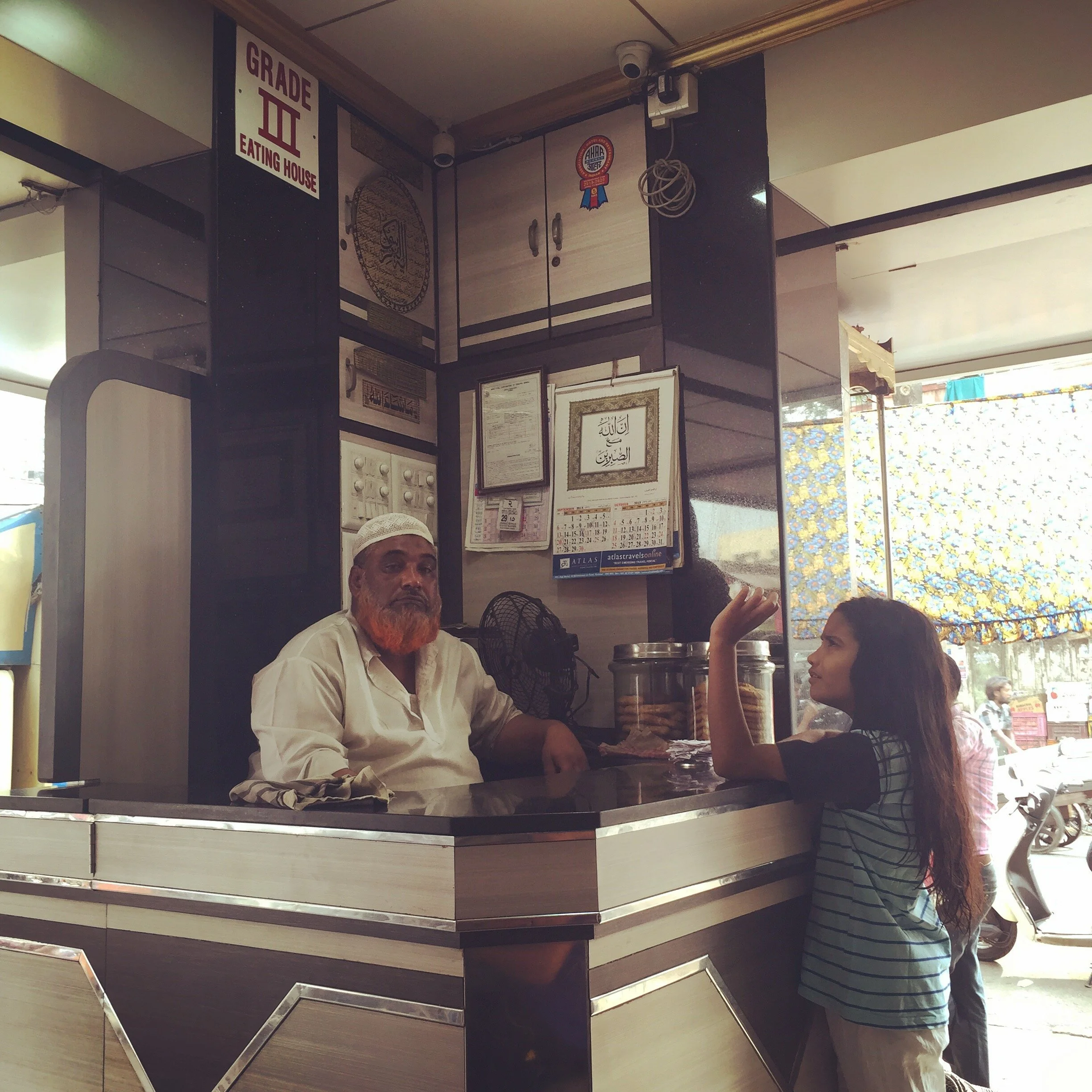Bombayscapes - A Photo Gallery
Photo: Karan Madhok
Photo Gallery: Mumbai offers a heady balance of preserving the past while moving forward at breakneck speed, of the iconic, the beautifully mundane, and everything else in between. Here are snapshots from the Maximum City over the past decade.
In August this year, lovers of Mumbai received a dose of some sobering news: the kaali-peeli Mumbai Fiat/Padmini taxis—the black-and-yellows—which have long connected the infinite veins of the great city, were to be phased out forever, finally signaling an end to an iconic institution. For decades, the kaali-peelis were omnipresent around India’s largest city, surviving with changing times, remaining faithful to the easy flick of the metre to cover distances short and long. There will be newer models of these black-and-yellows on the streets, and of course, new rideshare vehicles, and new metro lines, and many more elements to add to Mumbai’s notorious traffic clogs, but memories of the original taxis will be immortalised, in just the way the city preserves and celebrates so much of its past while moving forward at a breakneck speed.
A city of limitlessness, of struggle and of excess, of impossibilities, of the highest highs and the lowest lows, of the intoxicating scent drifted inwards from the Arabian Sea, of every palate and culture known to the country, of crowds on the Locals, of the kaali-peeli taxis, of long days and longer nights.
As a North Indian boy—mostly accustomed to Uttar Pradesh, New Delhi, and the Himalaya—every trip to Mumbai has been an experiential overdose for me, an adjustment of expectations: of reimagining my idea of India, of comfort and discomfort, of civic services, of traffic, and of commute. Here was a city where almost everything was possible. A city of limitlessness, of struggle and of excess, of impossibilities, of the highest highs and the lowest lows, of the intoxicating scent drifted inwards from the Arabian Sea, of every palate and culture known to the country, of crowds on the Locals, of those taxis, of long days and longer nights, of everything you’d imagined, and then, a little more.
The city was left shaken after the 26/11 terror attacks in 2008, but has since rebounded with its trademark perseverance; it was soon after the attacks that I began to make more frequent trips to the city. Bombay or Mumbai, the city continues one of the centres of Indian thought and culture, a city that often pushes new personalities for the rest of the nation. But as a non-Mumbaikar, I was in a position to look at the city from near-foreign eyes, to judge it, study it, and love it as an outsider, to attempt the heady balancing act of both admiring the city’s past and keeping up with the pace of its present.
Here is a sampler of my photography from Mumbai over the past decade or so, capturing the iconic, mundane, and a lot more in between from the Maximum City.
Photo: Karan Madhok
Photo: Karan Madhok
Photo: Karan Madhok
Photo: Karan Madhok
Photo: Karan Madhok
Photo: Karan Madhok
Photo: Karan Madhok
Photo: Karan Madhok
Photo: Karan Madhok
Photo: Karan Madhok
Photo: Karan Madhok
Photo: Karan Madhok
Photo: Karan Madhok
Photo: Karan Madhok
Photo: Karan Madhok
Photo: Karan Madhok
***
Karan Madhok is a writer, journalist, and editor of The Chakkar, whose fiction, translation, and poetry have appeared in The Literary Review, The Lantern Review, F(r)iction, and more. He is the founder of the Indian basketball blog Hoopistani and has contributed to NBA India, SLAM Magazine, FirstPost, and more. Karan is currently working on his first novel. Twitter: @karanmadhok1

















